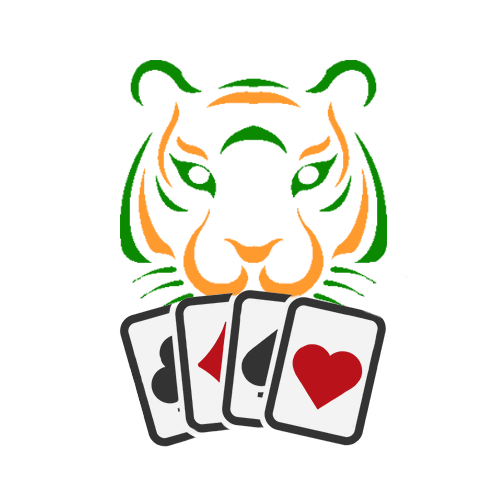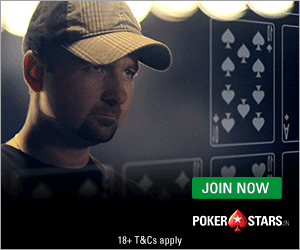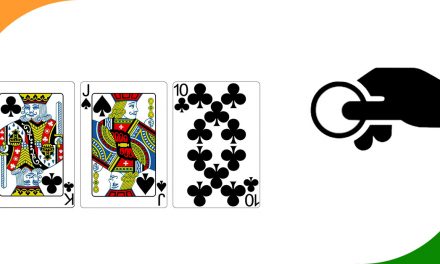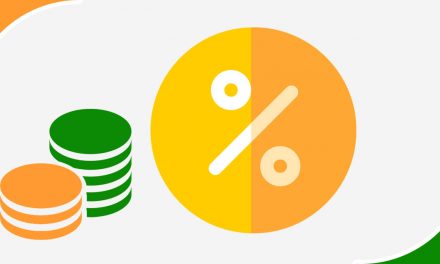As you likely already know, the best approach to your poker games is playing adopting an aggressive style. It leads to commit into many hands and pots, having often to decide the amounts of your bets, considering the effective stacks and the size of the pot.
Bet sizing: effective stack
It might sounds obvious, but if you are seated with a stack for a total of 20 big blinds and your opponent in the hand is holding only 9 big blinds stack, it means that the effective stacks are only 9 big blinds large.
It’s worth noting because in a situation where you decide to raise preflop and bet on the flop, regardless the chips you have left, the “real” stack is the one held by your opponents and it could lead to a situation where you both already committed too many chips in the pot to fold in the middle of the hand.
Bet sizing: pot to stack ratio
Blinds are 1,000/2,000 and you raise preflop with AA on the BTN for 6,000. The player on the Big Blind calls. The pot is now 6,000*2 (BTN and BB bets) + 1,000 invested by the player on the small blind = 13,000.
- If you think you can extract value on a flop like K85 (it’s very likely you could!) the right bet sizing is around 2/3 of the pot for a total of 8,000/8,500 chips. Why is this sizing good?
- If you opponent has a weaker hand like KQ or KJ, he will call your bet and pay your overpair off
- If your opponent has a weaker hand like KQ or KJ, it’s hard that he decides to raise versus your 2/3 pot bet, that shows strength.
- If your opponent has some sort of draw like 67 or 97, the 2/3 pot bet gives bad odds (in case you have missed it, find the odds/outs article here) and his call cannot be profitable in the long run
Bet sizing: other amounts
If the situation and your opponent’s style allow it, the 2/3 (65-70%) pot sizing might be different. Let’s see an example that merges both sizing and effective stacks issues:
Blinds 1,000/2,000, your opponent raises preflop from the BTN to 6,000 and you – on the big blind – reraise (3bet) up to 20,000. He calls.
Now the pot is 41,000 chips and that’s the exact amount of your opponent’s stack. In that situation, betting 2/3 pot is clearly a mistake because the remaining stacks are just too short to fold on the turn if the hand goes on (if you bet 30,000 and opponent calls, he’d be with 11,000 left on a pot such big as over 100,000, giving insane pot odds to basically every hand he’s playing with).
In that case you can just bet a full pot size and force your opponent to call the all in.
Remember to play aggressively and run the math correctly when it comes to decide the size of the bets, keeping always an eye on the effective stacks and trying to keep the same sizing whether you are betting for value or in bluff, avoiding to give away hints on the strength of your hands.






